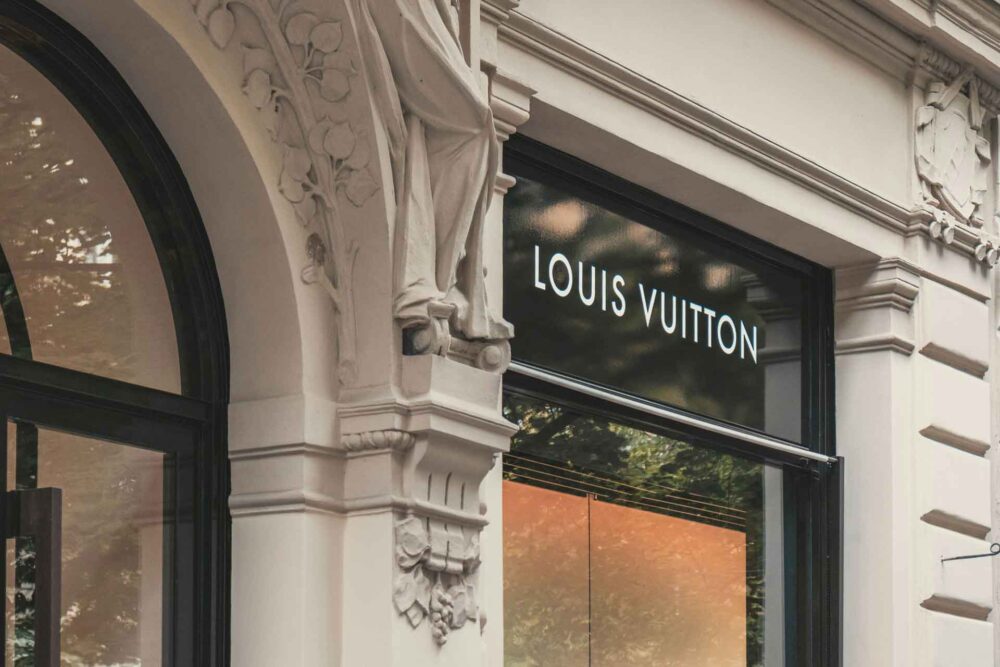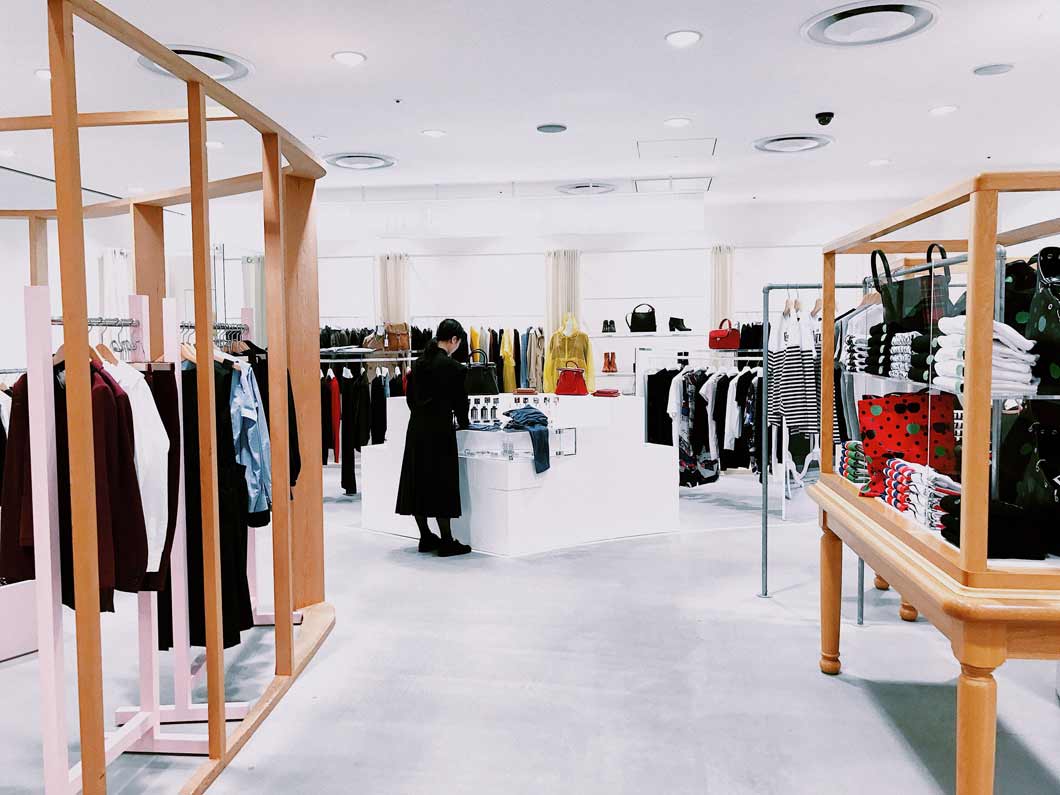Driven by fast technology adoption, the retail sector is changing fundamentally. Among the most important developments changing the retail scene is the Internet of Things (IoT). With its network of linked devices, IoT is not only improving retail operations but also altering the customer experience in ways unthinkable a few years ago.
From tailored shopping experiences to simplified inventory control, IoT is leading in producing what we now call “smart stores.” This paper investigates how IoT is transforming the retail experience by means of insights on its uses, advantages, and future direction.

IoT in Retail: Understanding the Ins and Out
Fundamentally, the Internet of Things (IoT) is the network of physical objects—devices, cars, appliances, and more—embedded with sensors, software, and other technologies allowing them to connect and transmit data with other devices and systems over the internet.
IoT in the context of retail refers to a broad spectrum of uses from smart shelves and linked payment systems to tailored consumer interactions and predictive analytics.
IoT and the Evolution of Retail:
Smart stores—that use connected devices to improve the operational efficiency of the store and the whole shopping experience—have evolved out of IoT integration into retail. Technologies in these stores let them track inventory in real-time, track customer behaviour, offer tailored recommendations, and even automate checkout. The outcome is a flawless and very customised shopping experience that satisfies the expectations of tech-savvy consumers of today.
One of the most significant effects of IoT in retail is its capacity to produce a shopping experience more centred on customers. IoT devices let stores provide customised goods and services by gathering and real-time analysing data on consumer behaviour, preferences, and interactions.
Smart shelves with sensors, for instance, may watch when a product runs low and automatically replace it so that consumers always get what they are looking for. Furthermore guiding consumers through the store with tailored offers based on past purchases or browsing behaviour are beacons and mobile apps.
Improving the Experience Inside Store
IoT’s more interactive, efficient, and customised approach is changing the in-store experience. IoT is being used by retailers to provide settings whereby consumers may interact with products in novel and interesting ways and to simplify processes therefore lowering wait times and enhancing service quality.
One of the most obvious uses of IoT in retail is the employment of interactive displays and smart shelves. These technologies let consumers engage with goods and get thorough knowledge without help from store employees. A buyer gazing at a smart shelf, for instance, could get real-time information about the product including reviews, nutritional statistics, or even tailored recommendations based on past purchase behaviour.
By letting users investigate product features, compare several models, or even see how a good could look in their house, interactive displays can also captivate consumers.
No-Friction Shopping
IoT is also transforming the checkout process, so enabling faster and more convenient consumer experience. Smart checkout systems using sensors, RFID tags, and mobile payment alternatives are replacing conventional checkout systems so consumers may pay for their items without waiting in line.
Amazon Go stores, for example, invented the idea of “just walk out” shopping, in which consumers merely pick up the goods they desire and the system notes them and charges their account as they leave the store. Along with improving customer satisfaction, this frictionless checkout process frees employees to concentrate on more value-added activities.
Focused Recommendations:
IoT allows stores to take customised marketing to the next degree. Retailers may provide highly focused recommendations and promotions catered to every consumer’s tastes and shopping behaviour by using data gathered from IoT devices.
For instance, a consumer who often buys organic goods could get customised discounts on new organic products as they arrive at the store, sent straight to their smartphone via a linked app. This degree of customising not only raises the possibility of a purchase but also improves the bond between the consumer and the brand.
Inventory control is among the most important component of retail operations. Not only time-consuming but also prone to mistakes are conventional systems of inventory tracking, which usually depended on human counts and periodic checks. By giving real-time inventory level information, IoT is transforming this part of retail so that stores may more precisely and effectively manage their inventories.
IoT-powered smart shelves with RFID tags are changing how stores track their inventory. Sensible shelves with sensors can identify when an item is running low and set off an automatic replenishment, therefore guaranteeing that shelves always have the correct supplies. This real-time tracking lowers overstocking, which ties up capital in unsold items, and lessens the possibility of stockouts—which can result in missed sales.
Furthermore, accurate constant image of inventory levels helps stores to maximise their supply chain operations, thereby lowering lead times and increasing general efficiency.
IoT not only tracks real-time but also provides predictive analytics—that is, future demand based on present trends and past data. Retailers can forecast which goods will be in demand and when by examining data from IoT devices including sales trends, weather conditions, even local events. This lets them proactively modify their inventory levels, therefore guaranteeing enough supply to satisfy consumer demand without straying their supply chain too far.
Reducing Shrinkage: In retail, inventory shrinkage brought on by theft, fraud, or mistakes presents a major problem. IoT’s more advanced monitoring and security solutions can help to lessen this problem. RFID tags, for instance, track inventory and notify store managers should an item be taken out of the store without purchase. IoT-enabled smart surveillance systems and security cameras can similarly track in-store activities and instantly identify questionable behaviour, therefore helping to lower theft and fraud.
Improving the Supply Chain with Internet of Things
IoT’s advantages go beyond the store itself and greatly influence the larger retail supply chain. IoT is simplifying processes, increasing openness, and lowering costs all along the supply chain from manufacture to distribution.
IoT devices can give end-to–end supply chain visibility, therefore enabling retailers to monitor goods from producer to shop shelf. Attached to pallets, vehicles, and shipping containers, sensors track goods’ position, temperature, and condition of travel to guarantee they reach in flawless state. This openness not only helps stores keep quality but also lets them give consumers correct knowledge on product availability and delivery schedules.
Using IoT can help stores to maximise their logistics processes and cut expenses. IoT device data, for instance, can be utilised to pinpoint the most effective delivery truck routes, therefore lowering delivery times and fuel usage. By automating jobs including sorting, packing, and labelling, IoT may also help to control warehouse operations, therefore lowering labour costs and increasing productivity. These savings can then be reinvested in other facets of the company or passed on to consumers.
Waste Reduction and Sustainability:
IoT also significantly helps stores reach their environmental targets. IoT helps stores to cut waste by allowing real-time data on inventory levels and product demand to guarantee they only order what they need. For perishable commodities in particular, overstocking can cause major waste and should be especially taken under consideration. IoT can also help to lower the environmental effect of retail activities by improving logistics and lowering the demand for extra inventory.
IoT: The Evolution of Retail
The retail sector is projected to be impacted much more as IoT technology develops. Retailers who adopt IoT now will be in a prime position to seize the ideas merely waiting around.
IoT and artificial intelligence (AI)
These two technologies together have the power to transform retail to the next degree. Deeper insights and more complex automation are made possible by AI’s analysis of the enormous volumes of data produced by Internet of Things devices.
While artificial intelligence-driven analytics can enable stores make more educated decisions about inventory management, pricing, and promotions, AI-powered chatbots and virtual assistants can use data from IoT devices to give personalised customer support.
IoT is also helping to enable the emergence of autonomous stores, whereby consumers may make purchases free from human involvement. These stores—like Amazon Go—track consumers and merchandise using IoT, artificial intelligence, and sophisticated sensors, therefore enabling a totally automated shopping experience. More stores experimenting with autonomous models as this technology gets more popular will provide consumers more convenience and help to lower personnel needs.
However, make sure to ask a patent law firm, before going forward with such tech innovations in your store.
Improved Customer Experiences with AR and VR:
Other technologies that, when coupled with IoT, can greatly improve the retail experience include augmented reality (AR) and virtual reality (VR). Smart mirrors in clothes stores, for instance, can employ AR to show consumers how an outfit might look without them having to test it on.
In a similar vein, VR can provide immersive shopping experiences whereby consumers may investigate virtual stores from the comfort of their homes. IoT connects the physical and digital worlds, therefore enabling these seamless and interactive experiences.
Wrapping it up
IoT’s incorporation into the retail sector is a basic change altering how stores run and how consumers experience buying, not only a trend. IoT is transforming every element of retail, from improving supply chains and inventory control to building individualised, immersive in-store experiences. There is almost endless possibility for additional innovation as long as technology keeps developing.
Retailers who embrace IoT today are not just raising their operational efficiency and consumer satisfaction but also establishing themselves as leaders in the direction of retail going forward. Tomorrow’s smart stores will be those that fully use IoT to build flawless, data-driven environments where consumer wants are precisely addressed.
Keeping ahead of the curve in the ever changing retail scene entails knowing and using these technologies in a way that not only improves the customer experience but also propels development and profitability. IoT’s emergence in retail marks the beginning of a new chapter; those that seize its possibilities will flourish in a market growingly competitive.




















